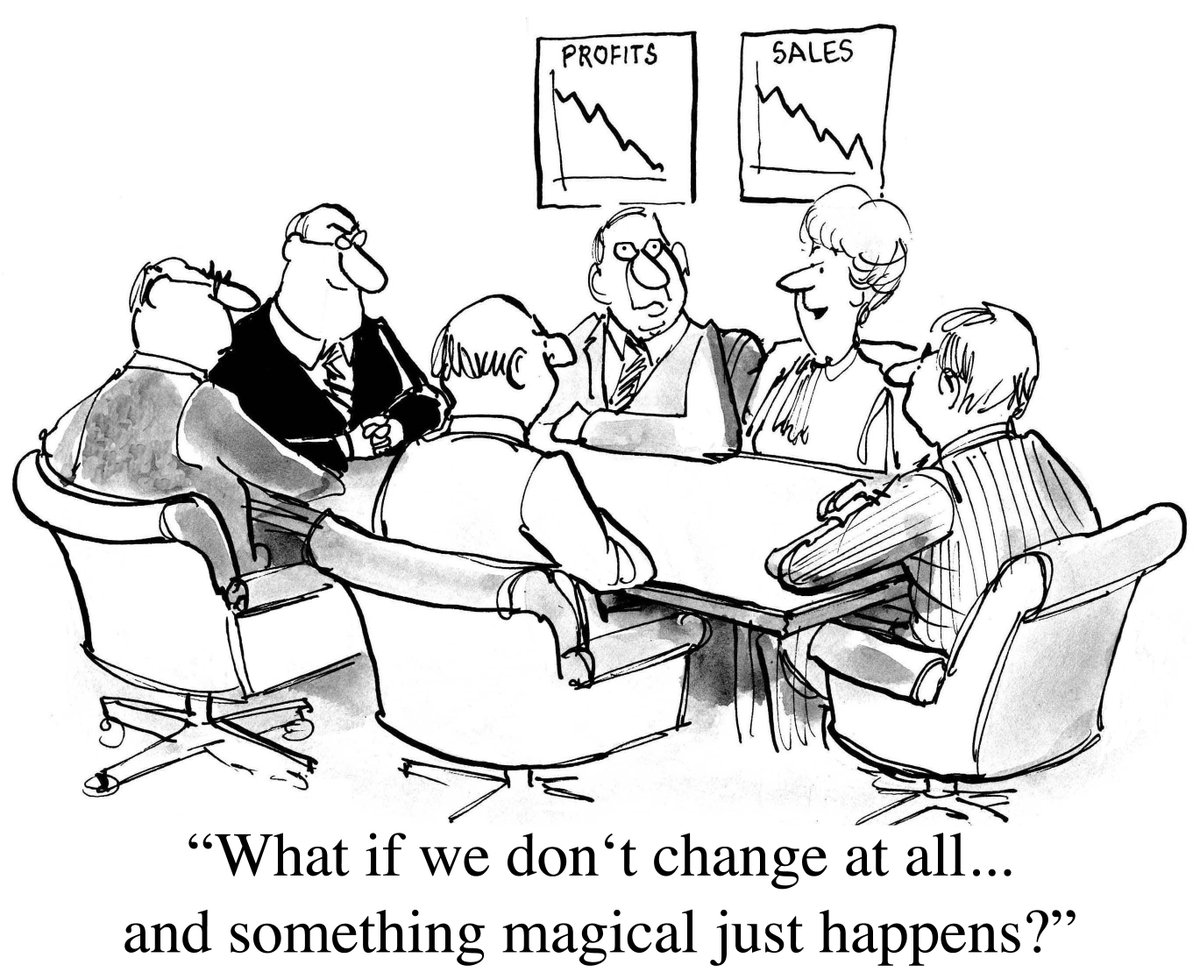TrendTrader007
Active Member
Yeah I think Jan 2021 calls are a great bet . Although I have $700, $510, $650, $690, $430 expiring Jan 2020 just in case 2019 turns out to be like 2013 or even early 2017-my big position is $400 January 2021 plus a few $350 and $360 January 2021.My trading shares got called away from in the money covered calls, I am just gonna increase my position on 2021 jan leap call and sit it out. 2~3x leverage is good enough for me. Takes away short term calls uncertainty and risk in figuring out when tsla goes to the moon.
That said, I will open small short term calls and puts position on every tuesday waiting for Q4 ER.
Okay here is what is likely to happen to $tsla:
Probability of staying below $400 by January 2021 is between 0 to 1%
Probability of trading between $400-$700 by January 2021 is between 99 to 100%
Probability of trading between $400-$700 by January 2020 is approximately let’s say 30 to 70%
Probability of trading below $400 by January 2020 is less than 5%
Probability of trading over $700 by January 2020 is less than 1%
Having said that I just had a dream this morning that Tesla was trading at $801. last time I had a similar dream was in January 2008 that $VMW was going to drop big time and the next day the stock was down 30% and the laugh was on me since I was super long the stock



